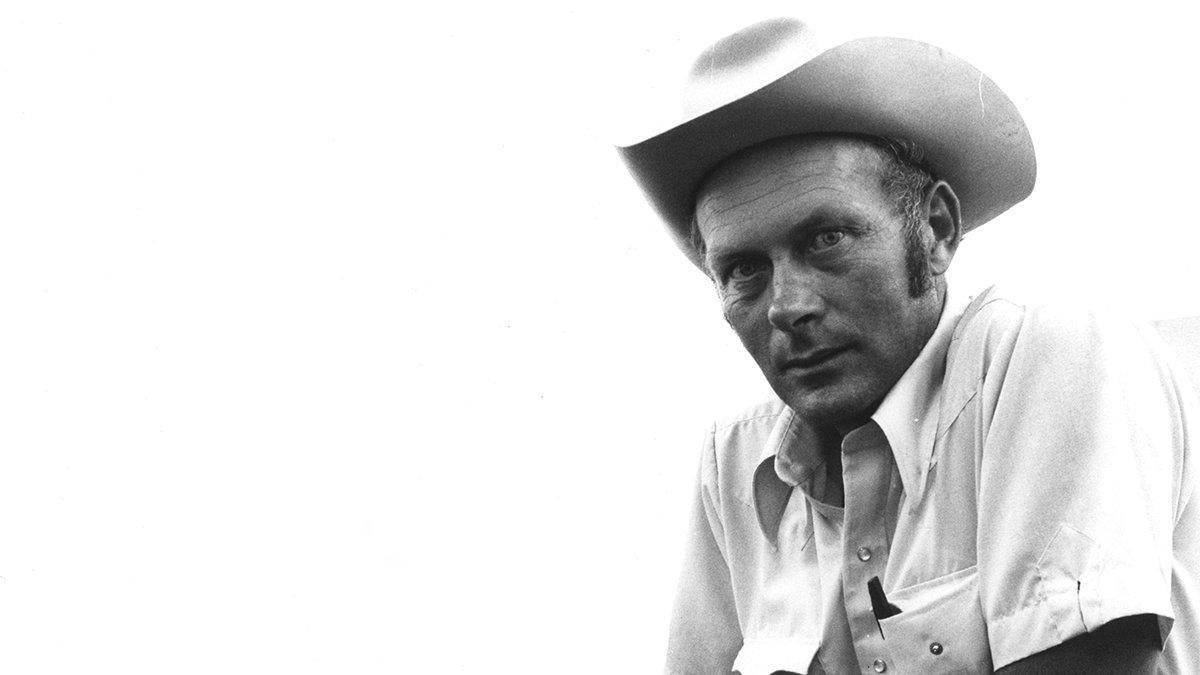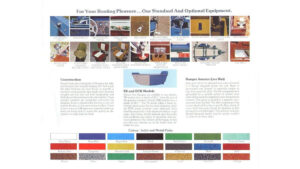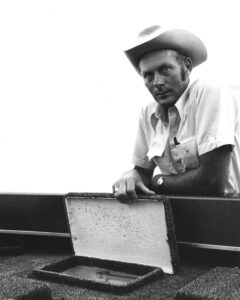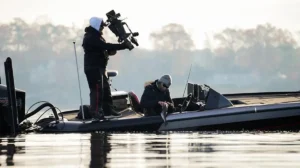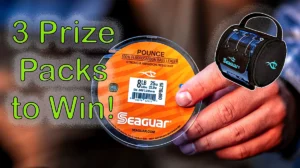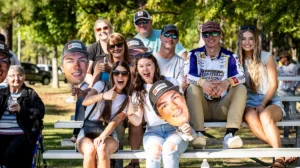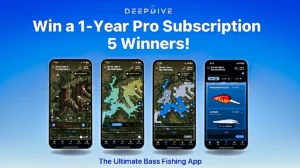It seems like only yesterday I was visiting the Ranger plant in Flippin, Arkansas at a dinner meeting at the Highway 178 Restaurant listening to living legend Forrest Wood spin tails of how Ranger Boats was born. Back then there were roughly 20 folks in that meeting—even with today’s Product Knowledge event with over 500 people, Ranger has always wanted their pro staff to know as much as possible to help educate buyers and sell more boats.
In the beginning
What began in an old city hall building in Flippin building those first 6 boats, to today’s state of the art facility and boat lineup had a lot of bumps and bruises along the way.
Hard days, sleepless nights, a major factory fire in 1971 and developing a brand of boat that no one had ever seen before. All for a group of loyal recreational anglers who wanted more than had ever been available—simple things we now take for granted such as colored gel coats, comfortable seating, high performance hulls and higher quality trailers.
Options and accessories
In 1974, the Ranger insulated and aerated livewell was born. A smooth, gel-coated inside compartment insulated to maintain cooler water and an external pump that brought fresh newly oxygenated water to it and an easy access lid to keep your catch from jumping out was all in the plan.
The designs of the consoles put steering and managing switches within easy reach of the driver.
Also standard in these early models were receptacles for trolling motor plugs with 6-gauge wire and a trailer they then called Wonder State Trailers. They later became Ranger Trail with fiberglass fenders, spin-balanced tires, laser-axle alignments and disc brakes.
Optional equipment included a Silver Troll Trolling Motor, a spotlight for night fishing and three types of color-matched seats.
Constant improvements
A lot has changed since those early days.
One thing that hasn’t changed is the Ranger standard of quality. The Five Star Advantage Standard, pultruded fiberglass transoms, better hull designs and a Coast Guard standard level floatation using zero ozone foam are all Ranger advantages that can’t be seen without digging in or owning one.
Ranger was the first ever protected design copyrighted hull registration given out by the U.S. Government.
Forrest Wood listened to anglers, their needs and desires and built boats that brought innovation to fishing. He and his wife Nina helped professional fishing get off the ground and Ranger still holds a leadership position today.
You can learn more by going to RangerBoats.com.


